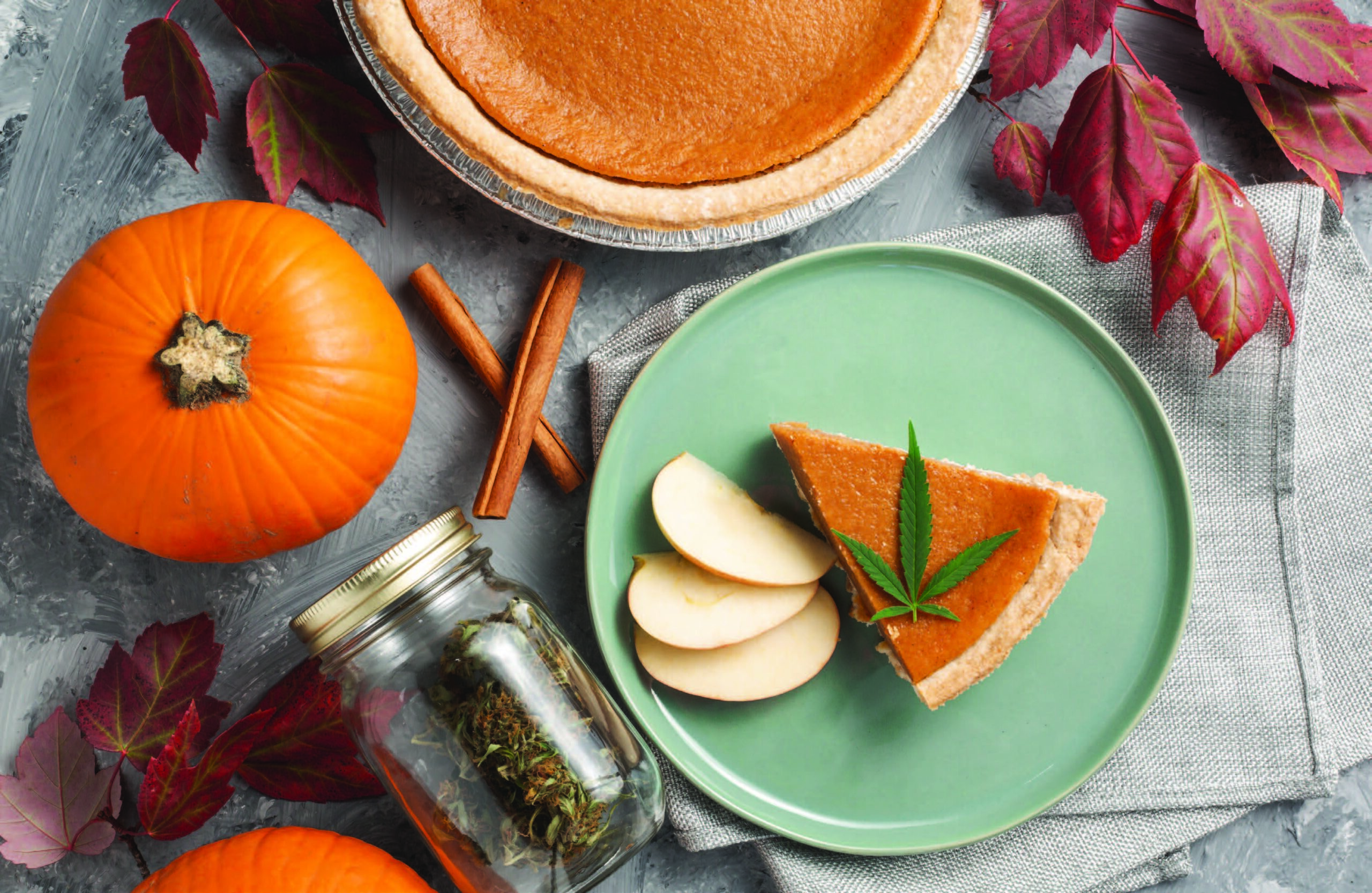During the hot humid parts of the summer, I usually reach for one of four cold alcoholic beverages: gin and tonic, rosé wine, easy drinking lager, or a wit beer. G&T is my first summer drinking love, and I became enamored with them after drinking them by the pitcher in Las Cruces, New Mexico, during grad school. Rosé wines are my favorite kind of stupid easy drinking liquid, yet they’re super subtle and somehow get more interesting the more bottles and producers you drink. The same goes for lagers. It’s all in the subtle differences in the execution by different brewers. This list makes sense so far, but how do wit beers end up on this list? And WTF are wit beers?
These beers are complex by definition. They are dry and crisp, with a perceived sweetness coming from yeast character or from spice additions, or from both. Some are mixed fermentation, while some are “clean” ale ferments. Some have a nice tart note of balancing acidity, while others go with more malty characters to balance the spicey herbal notes. They are an incredibly varied style of beer and they get brewed by a lot of breweries, so there are a lot of them out there.
Wit beers were first brewed in Belgium in 1400-1500s, at the cusp of the hop revolution that swept through beer. Belgium was part of the Netherlands at the time, and they imported a vast amount of spices and products from around the world. Special bitter oranges and coriander ended up in their beer as a substitute for hops.
Even though wit beers were a super popular style (at one point there were 38 wit beer breweries in the village of Hoegaarden, which has a current population of 6,000 people), they could not compete with the growing popularity of lager beer in the 1800s. Oude Brewerji Tomsin, the last brewery making a wit beer in the traditional home village of Hoegaarden, closed in 1957. There were likely a few other breweries making the beer, but none of note. The style was dead, at least commercially, until Pierre Celis, a milkman, single-handedly resurrected wit beer in 1966, when he opened a brewery called Brouwerij Celis – later renamed Brouwerij De Kluis, or The Cloister – and began producing Hoegaarden, a white beer named after his hometown. At one point, Celis was producing 255,650 barrels of Hoegaarden, and it became one of the most iconic wit beers in the world.
The makeup of a contemporary wit beer is probably pretty close to a traditional wit beer. Equal parts barley and wheat (some will use malted wheat, others unmalted), 4 to 5 percent ABV, a slightly funky yeast (it is a Belgian beer, after all), and spices in the kettle. The spices are usually orange peel and coriander, but any number of spices can be used to balance the sweetness of the beer. Star anise, black pepper, ginger, and rose hips are all said to be used in wit beers. Usually the heavy wheat bill and the yeast make the beer cloudy, but there are clear examples of the style that definitely hold up.
Today it’s one of the most brewed styles of beer. I’ve spent most of the summer cultivating a hobby of trying as many different variations on the style as I can get my hands on. Breweries have paid the bills with the style, like White Rascal from Avery Brewing in Boulder, Colorado, and Blue Moon, first brewed at the Sandlot Brewery at Coors Field. There are examples of the style in Iceland, Japan, New England, the East Coast, and the West Coast, and all follow the same basic recipe of wheat, spices, and Belgian yeast. And then there’s Allagash White from Allagash Brewing in Portland, Maine, a beer that was a gateway beer for so many people, and is still the gold standard for the style.
Like I said, I’ve tried dozens of wit beers this summer, and coming up in this column, I’ll share some of my favorite reviews with you.
Robbie Wendeborn is the head brewer at Svendæle Brewing in Millerton, New York. He is also a former beer plumber at Ska Brewing.













